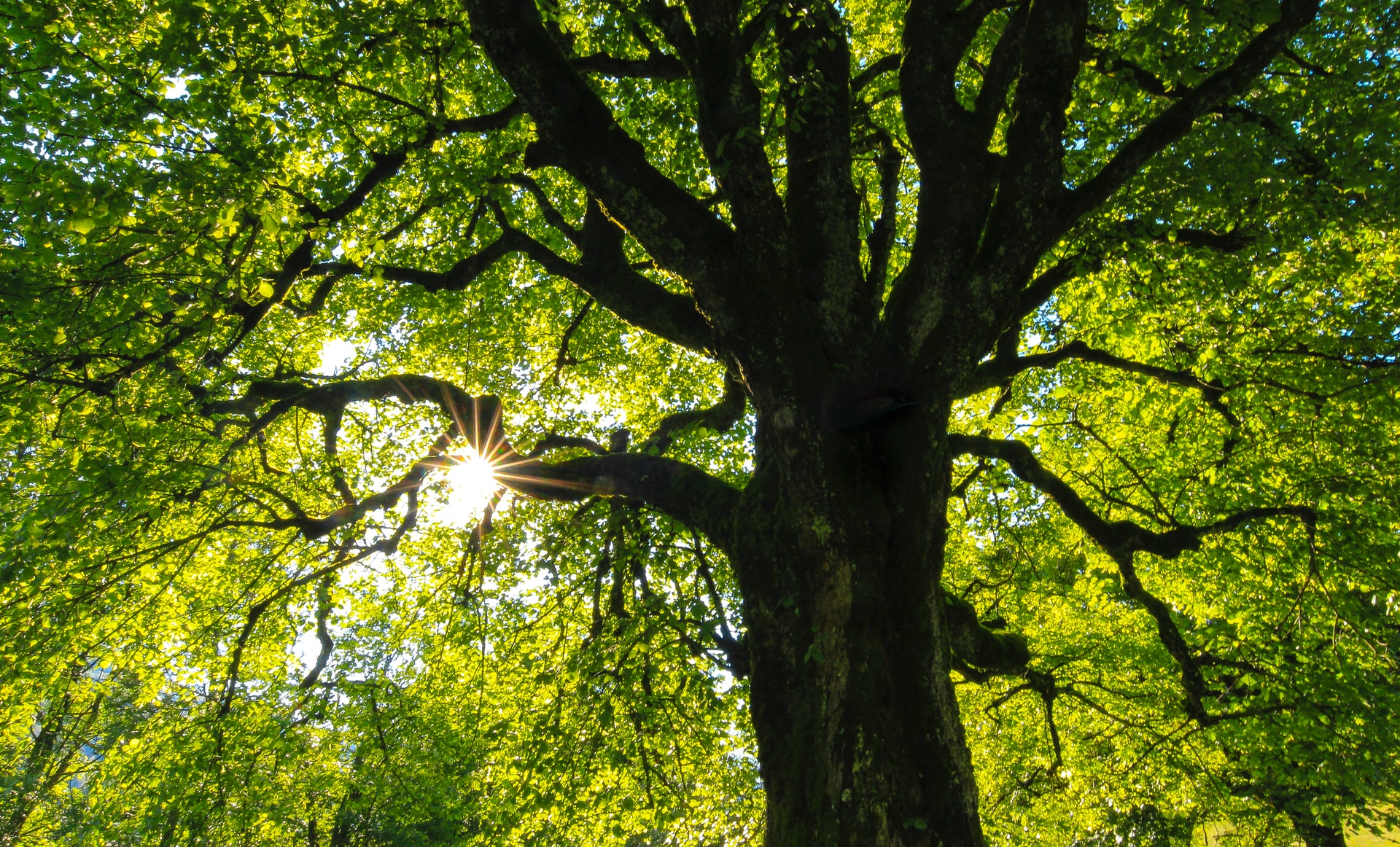Photosynthesis – A Survival Guide for Teachers
ResourcePhotosynthesis is one of the fundamental processes on our planet. It’s worth a moment’s reflection…
There would be no biology without photosynthesis by plants and algae. These amazing organisms are capable of capturing the energy of sunlight and fixing it in the form of potential chemical energy in organic compounds. They’re literally capturing energy from outer space, and we’re entirely dependent on them for every breath we take.
This collection of teaching resources, including full teachers’ notes, a technical guide, Powerpoints and a photocopiable students’ book, will help teachers take a new and refreshing look at photosynthesis. As well as practical ideas, this include a range of associated teaching resources designed to stimulate and enthuse pupils about the world of plants.
The resources have been written to help teachers deliver the topic in a variety of ways using a variety of teaching strategies. It includes a suggested teaching route but each resource section is separate and teachers can to pick and choose which activities they want to use.
The resources are aimed at pupils in the 11-14 age range (KS3).
We suggest you begin by download the ‘teachers notes’ from the link on the right.

Learning objectives and type of learning activity
Activity 1 – When a plant gains mass, the atoms come from carbon dioxide in the air and water. (Thinking skills activity – group work)
Activity 2 – The main food made by plants is carbohydrates. (Individual writing task)
Activity 3 – Plants make a range of different carbohydrates. We make use of many carbohydrate plant products. (Presentation; discussion – creating thinking / formal talk)
Activity 4 – Carbohydrates can be found in a range of plant organs? (Class practical; Observing and recording)
Activity 5 – Carbon dioxide is one of the raw materials for photosynthesis. (Class practical; Prediction, observing, recording and analysing.)
Activity 6 – Carbon dioxide uptake varies at different times of day. (Interpretation)
Activity 7 – We can observe the change in carbon dioxide uptake with different environmental conditions. (Interpretation)
Activity 8 – The rate of oxygen release from a plant indicates photosynthetic rate. (Application of knowledge. Individual / small group discussion)
Activity 9 – The splitting of water using light energy has released oxygen which built up in the atmosphere. This has allowed higher life forms to evolve. (Practical demonstration using carbon dioxide probe. Prediction and interpretation.)
Activity 10 – Light energy is trapped by the green pigment in chloroplasts. (Class practical. Measuring and recording. Explaining and evaluating data.)
Activity 11 – Only areas of the plant with chloroplasts can make starch in photosynthesis. (Reading comprehension. Interpreting graphical data.)
Activity 12 – Review the whole process of photosynthesis. (Class practical. Use of microscope for observation.)
What's included?
- SAPS - Photosynthesis Survival Guide - teachers notes
- SAPS - Photosynthesis Survival Guide - technical guide
- SAPS - Photosynthesis Survival Guide - pupils worksheets
- SAPS - Photosynthesis Survival Guide - intro
- SAPS - Photosynthesis Survival Guide - PPT1
- SAPS - Photosynthesis Survival Guide - PPT2
- SAPS - Photosynthesis Survival Guide - PPT3
- SAPS - Photosynthesis Survival Guide - PPT4
- SAPS - Photosynthesis Survival Guide - PPT5
- SAPS - Photosynthesis Survival Guide - PPT5b
- SAPS - Photosynthesis Survival Guide - PPT7
- SAPS - Photosynthesis Survival Guide - PPT8
- SAPS - Photosynthesis Survival Guide - PPT9
- SAPS - Photosynthesis Survival Guide - PPT10
- SAPS - Photosynthesis Survival Guide - PPT11